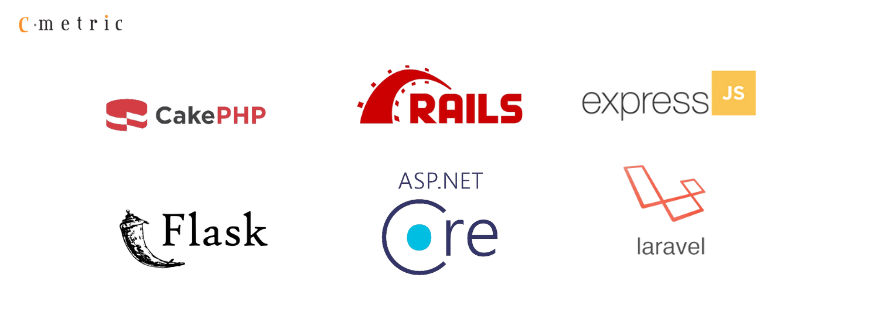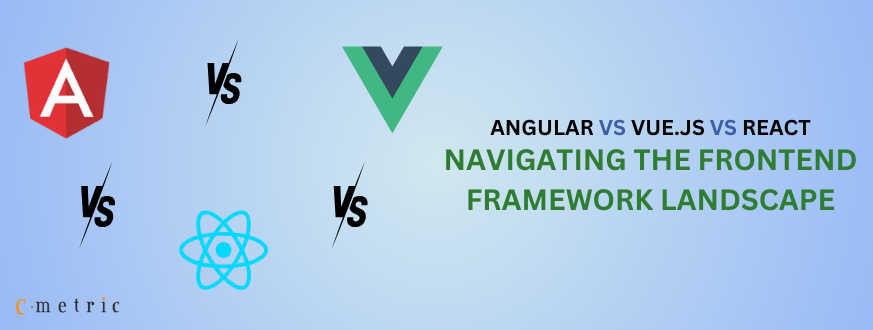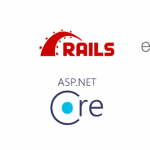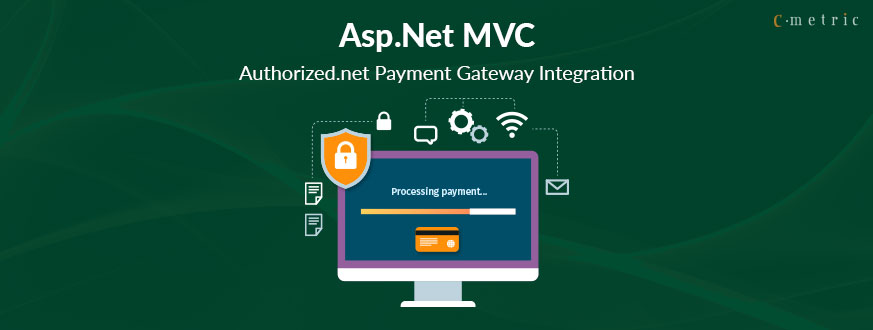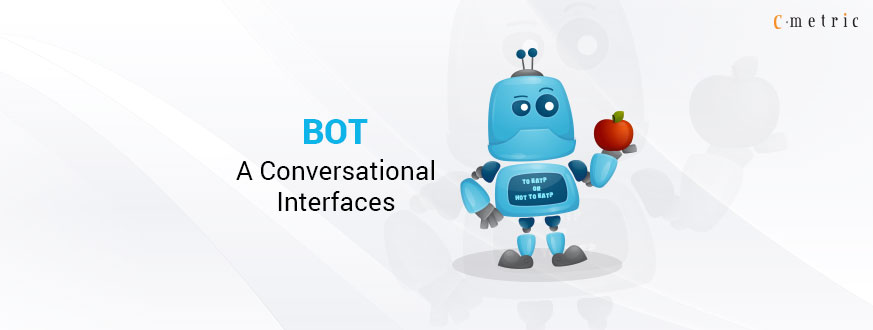Hadoop Architecture is an open source software platform, which has proven to be extremely successful and helpful in storing and handling tremendous amounts of data proficiently and reasonably. Apparently, Hadoop allows you to store gigantic data sets across a wide variety of clusters of servers, and then run distributed analysis applications in every cluster.The Hadoop overview clearly demonstrates its capabilities in handling big data through distributed computing.
![]()
What is Hadoop distributed filesystem (HDFS)?
Hadoop consists of two prime components, which are a distributed filesystem for data storage and a data processing framework. Out of these two main components, the extensive array of storage clusters is the distributed filesystem that is responsible for holding the actual data.
Basically, HDFS can be attributed as the bucket of big data hadoop architecture. The data is dumped into HDFS and it remains there with ease until you want to run an analysis over it or capture/ export data to another tool for performing the required analysis.
What you need to know about the data processing framework and MapReduce?
The data processing framework is the tool that is utilized to work with the data per say. Interestingly, MapReduce that is the Java-based system is more popular as compared to HDFS. That could be due to two main reasons. Firstly, MapReduce actually processes data and secondly, it tends to make things quite amusing for people working on it.
MapReduce runs an array of jobs where each job primarily represents a Java application that begins pulling out information as per the requirements, once it enters the data. Utilizing MapReduce rather than a query renders a great deal of flexibility and power to data seekers, but with tremendous complexity. Nonetheless, there are tools that simplify this. For example, Hadoop has Hive, which is one more Apache application that enables the conversion of query language into MapReduce jobs.
Hadoop Architecture- Distributed across the cluster
There is one more element that makes Hadoop too unique. And the element is that all of the relevant functions act as scattered systems unlike the more typical integrated systems that are seen in customary databases. In a database that makes use of a number of machines, the work tends to be doled out- the entire data remains on a single or more number of machines, and the whole data processing software is retained on another server.
You need to kit your Hadoop
Apparently, Hadoop users don’t need to stick with only MapReduce or HDFS. In order to work with the first in first out demerits of MapReduce, there is the cascading framework that provides developers with a simpler tool for running jobs and enhanced flexibility for scheduling jobs.
Hadoop is basically not a comprehensive and out-of-the-box solution for all tasks of Big Data. Notably, MapReduce is sufficient of a pressure point that is preferred by a number of Hadoop users for utilizing the framework just because of its capability of storing colossal amounts of data cheaply as well as speedily.
Nevertheless, Hadoop architecture in cloud computing still remains the most widely utilized system for managing a great deal of data rapidly when you do not have enough time or money for storing data in a relational database.The Hadoop overview provided a clear understanding of its capabilities in handling big data challenges



